Helping Your Child Understand Their Breath
Explaining asthma to your child isn’t just about teaching them medical facts, it’s about helping them feel safe, understood, and in control of their body.
Whether your child has just been diagnosed or is starting to ask questions, this guide will help you talk about asthma in a way that’s honest, reassuring, and age-appropriate.
Step 1: Start Simple, What Is Asthma?
Use language your child understands. Try saying:
“Asthma is something that makes it a little harder for you to breathe sometimes. The tiny airways in your lungs can get tight or swollen, like a straw that’s pinched.”
You can also use analogies:
- Lungs as balloons: “Your lungs are like balloons. With asthma, sometimes the air can’t go in and out easily.”
- Traffic jam: “It’s like a traffic jam inside your chest , everything slows down, and it’s harder to move air.”
Keep the tone calm and positive. Focus on what asthma is, not what it limits.
Step 2: Talk About Triggers
Once they understand what asthma is, help them identify what might cause their symptoms.
You can say:
“Some things can make asthma act up, like dust, running too fast, strong smells, or smoke. That’s why we try to avoid those things.”
Make it interactive:
- Point out triggers in the environment
- Let them say which smells or places make them cough or wheeze
- Use pictures or videos for younger kids
Step 3: Explain Their Inhaler or Nebulizer
Explain that the inhaler or nebulizer is their super-tool, not something to be scared of.
“This helps your lungs open up so you can breathe better. Just like wearing glasses helps you see clearly, your inhaler helps your chest feel clear.”
You can give it a friendly name, some parents call it “breath helper” or “magic puff.”
Reassure them:
- “It’s safe.”
- “It helps quickly.”
- “We carry it with us, just in case.”
Step 4: Encourage Questions
Create a safe space for your child to ask questions like:
- “Will it go away?”
- “Why do I have this?”
- “Can my friends catch it?”
Answer gently and truthfully:
“No, asthma isn’t something other people can catch. It’s just how your lungs are. And we’re learning how to take care of them, together.”
Step 5: Empower, Don’t Scare
It’s important that children don’t feel broken or weak. Reinforce that:
- Lots of kids have asthma
- They can still run, play, and laugh, just with a little extra care
- Having asthma makes them strong, not fragile
Use books, stories, or even cartoons about children with asthma. Many children relate better when they see themselves in others.
For Younger Kids (3–6 years):
- Keep explanations very simple
- Focus on how they feel: “Does your chest feel tight?”
- Use toys or drawings to show how lungs work
For Older Kids (7–12 years):
- Introduce the idea of self-monitoring (like telling you if they feel tightness)
- Show how to use inhalers independently
- Involve them in trigger-spotting and prevention
Our Tip: Make It a Shared Journey
Involve your child in managing asthma:
- Let them decorate their inhaler pouch
- Practice deep breathing together
- Talk about it openly so they never feel ashamed
Conclusion: One Breath, One Conversation at a Time
The more your child understands asthma, the less scared they’ll feel.
You’re not just explaining a condition, you’re giving them the tools to feel confident, safe, and strong.
And remember, you don’t have to explain it all in one day. Keep the conversation open, and let it grow with them.
We’d love to hear your story! Join the Asthma Friend community to connect, share, and learn from others living with asthma.





